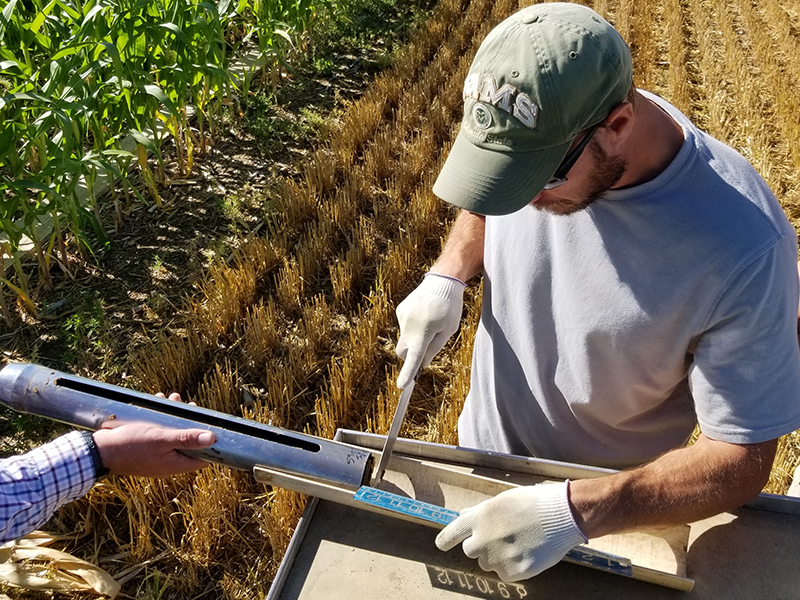Production Agriculture
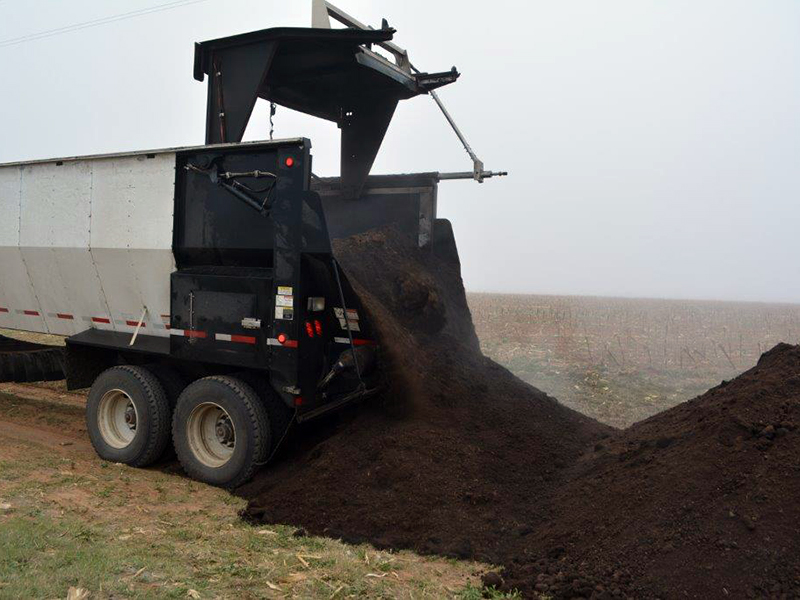
In the dry air and soil of Texas’ Southern High Plains, improving soil health can be tough. We usually think of healthy soil as moist and loose with lots of organic matter. But this can be hard to achieve in this arid area of Texas.

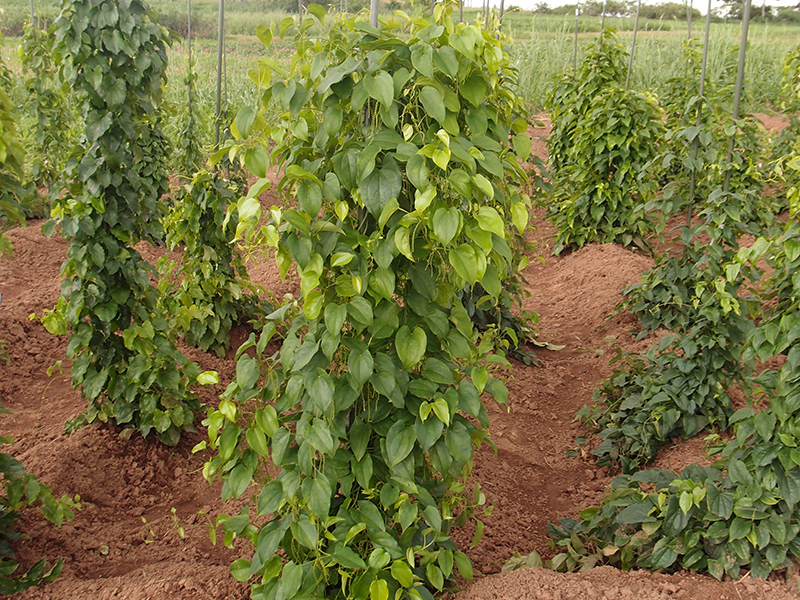
Yams are a staple food in West Africa, which produces over 90% of the world’s yams each year. Yams play a key role in the food security, economic income, and traditional culture for the region.
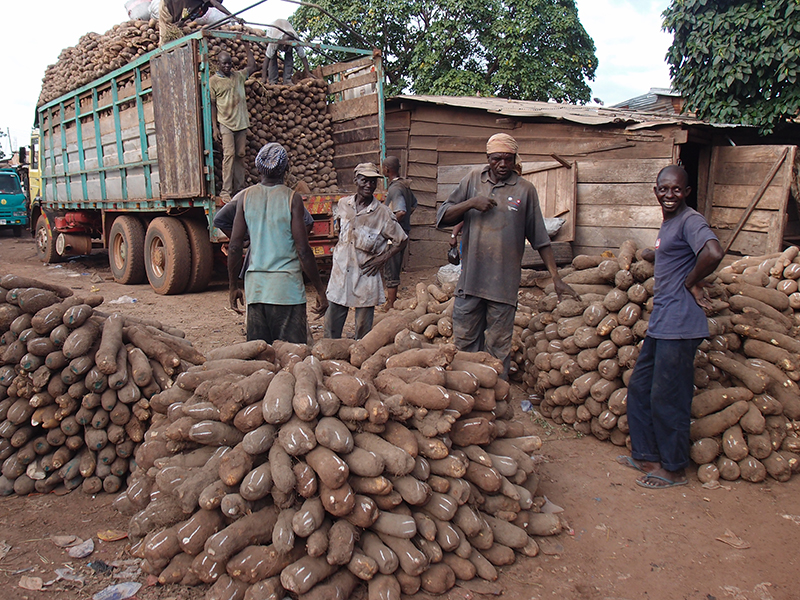
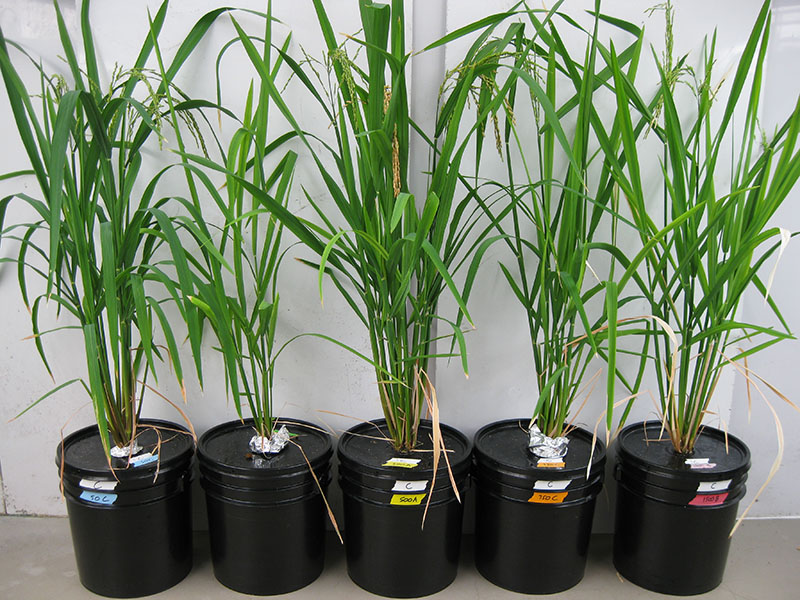
When most people hear “food contamination,” they think of bacteria present on unwashed fruits or vegetables, or undercooked meat. However, there are other ways for harmful contaminants to be present in food products.
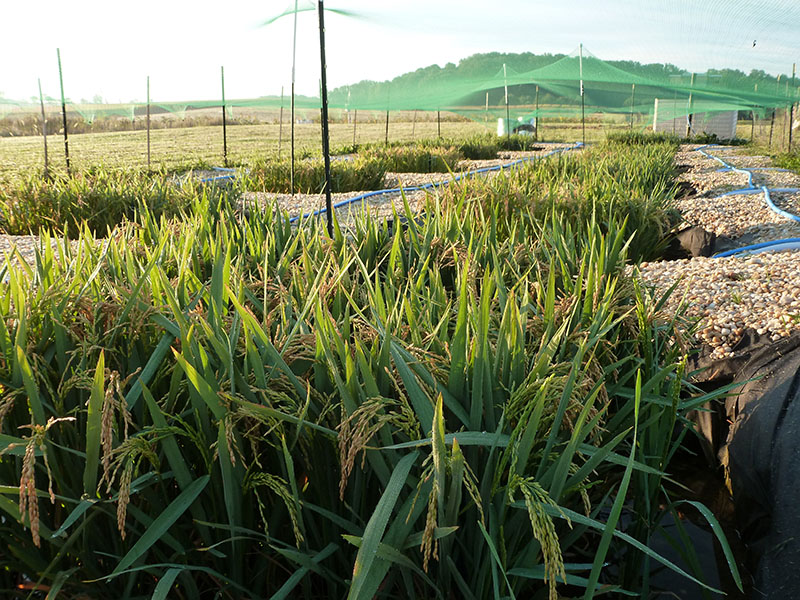
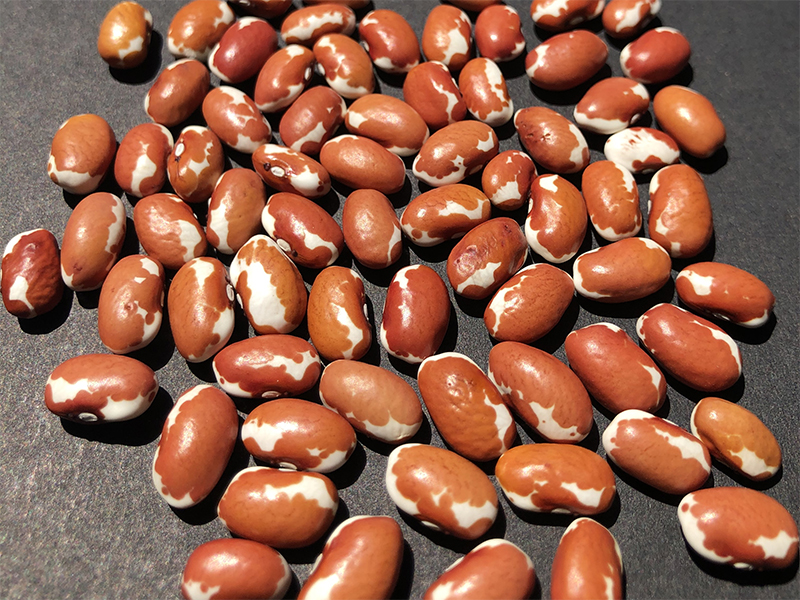
Plant breeders are constantly working to develop new bean varieties to meet the needs and desires of the food industry. But not everyone wants the same thing.
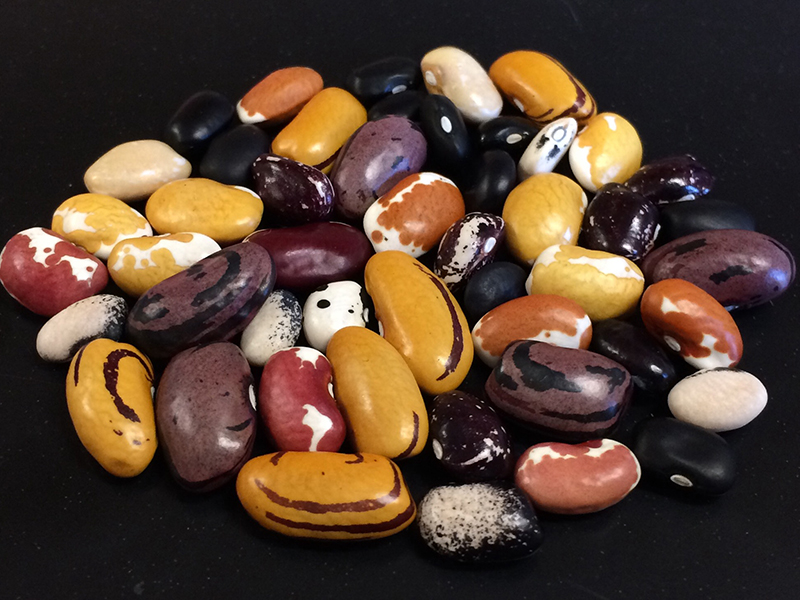
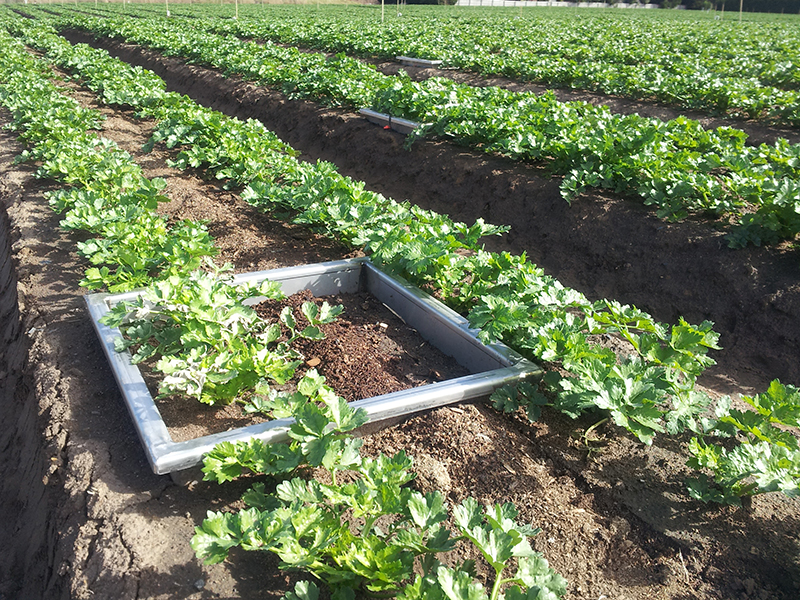
The element nitrogen is a double-edged sword. It is essential for growing plants and feeding people, but it is also a leading cause of pollution across the world. Only by using nitrogen more sustainably can the positive and harmful effects of nitrogen be balanced.
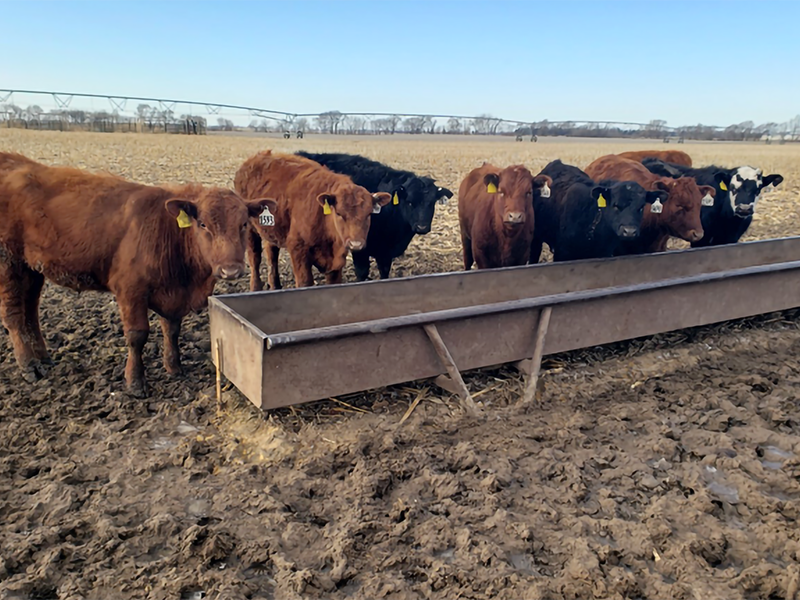
By late fall, much of the Midwest is a pleasing landscape of dry, harvested corn fields. It makes for a bucolic rural scene on highway drives. But the corn litter that’s left over doesn’t seem useful, at least to untrained eyes.
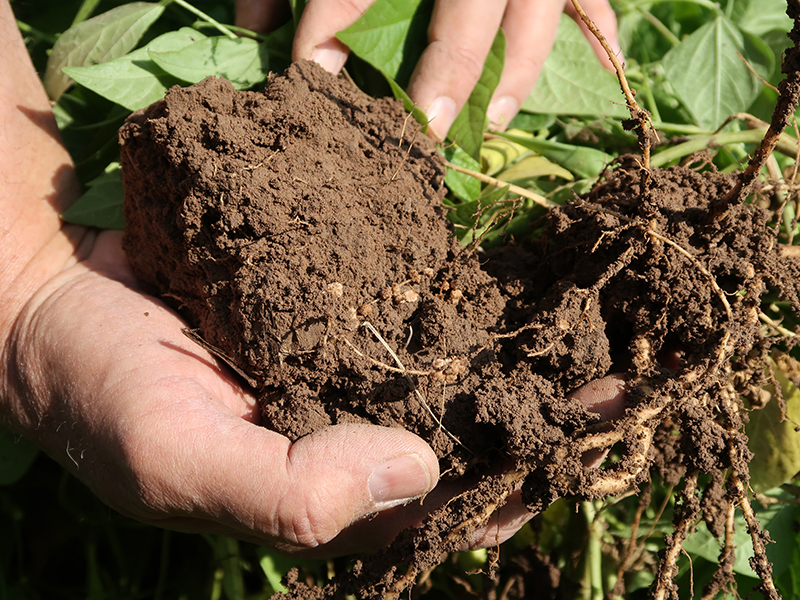
Agriculture accounts for more than a third of water use in the United States. In drier parts of the country, like the southwestern U.S., that fraction can be much higher. For example, more than 75% of New Mexico’s water use is for agriculture.
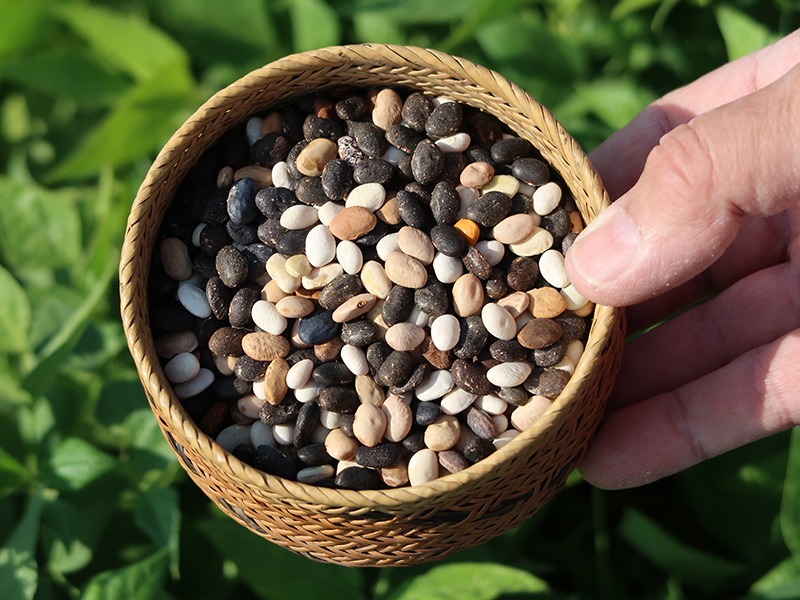
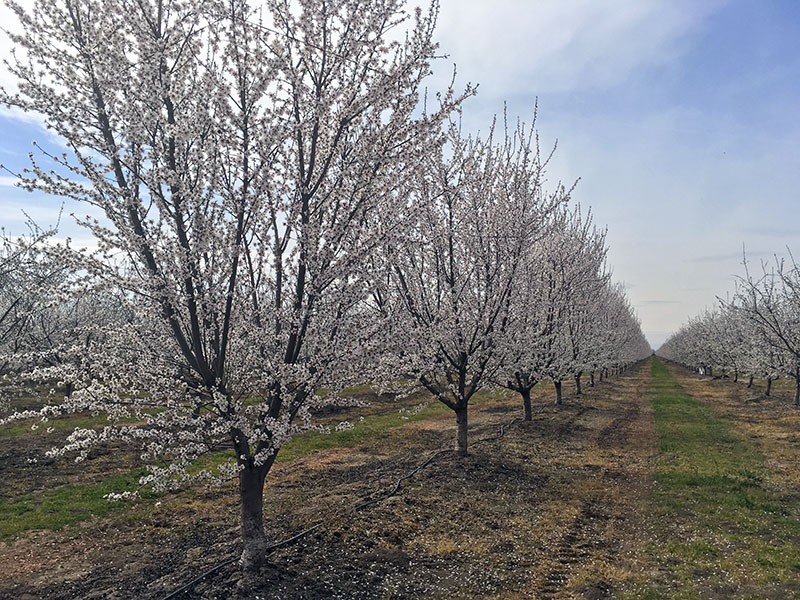
A favorite healthy snack, almonds are a staple on grocery store shelves worldwide. More than 80% of these almonds are grown in California. As permanent crops, almond trees have unique needs and challenges for farmers.

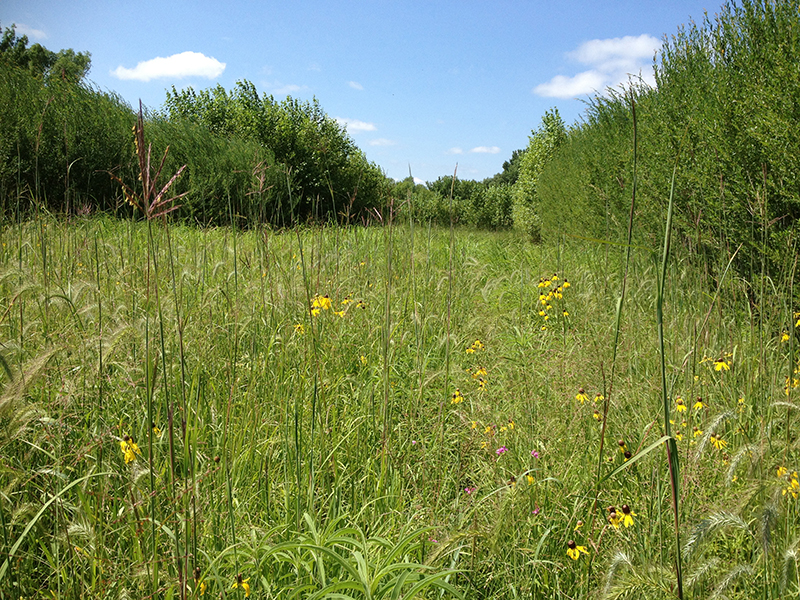
Seeing trees living alongside other vegetation is normal in nature but not something often seen in farming. However, some researchers see benefits in planting crops in between rows of trees in a practice called “alley cropping.”
The more mature, stable trees can have many benefits for the landscape. They can help fight climate change and the effects of extreme weather, as well as provide protection against processes like erosion.

